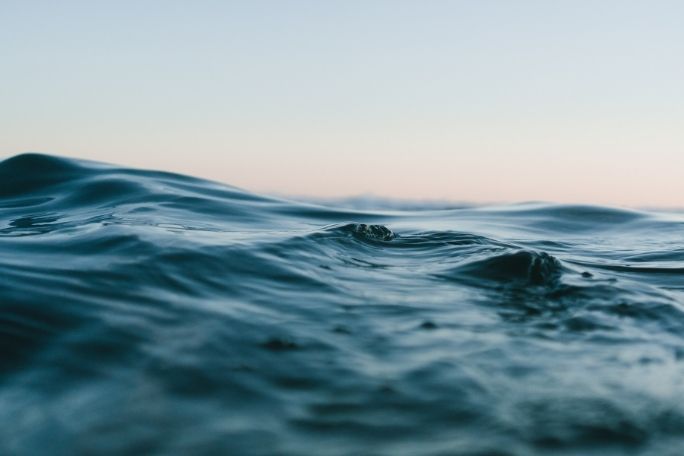Lesson summary
This lesson is designed for a flipped classroom, where students learn new content by watching a video in their own time. This strategy provides the opportunity for students to build their knowledge, attitudes and values by themselves, thereby freeing up class time for hands-on work.
Learning intentions:
Students will...
- recognise that there are many ways of seeing the relationship between humans and the environment.
- understand that humans have had a significant impact on our oceans.
- build their thinking and questioning skills.
Lesson guides and printables
Curriculum links
Select your curriculum from the options below.
Lesson details
Curriculum mapping
Australian curriculum content descriptions:
Year 7 Geography:
- The way that flows of water connects places as it moves through the environment and the way this affects places (ACHGK038)
Syllabus Outcomes: GE4-1.
General capabilities: Critical and creative thinking, Personal and social capability.
Cross-curriculum priority: Sustainability OI.1., OI.2.
Time needed: 30 minutes.
Level of teacher scaffolding: Low – allow students to explore the topic independently.
Resources required
- Internet, laptops and earphones
- Student Worksheet
Additional info
This is an original Cool.org lesson. Facts and figures mentioned may have changed since this lesson was published. We always endeavour to update our resources in a timely manner, but if you see an error or issue in our resources please get in touch with us.


Welcome back!
Don't have an account yet?
Log in with:
Create your free Cool.org account.
Many of our resources are free, with an option to upgrade to Cool+ for premium content.
Already have an account?
Sign up with:
By signing up you accept Cool.org's Terms and Conditions(Opens in new tab) and Privacy Policy(Opens in new tab).